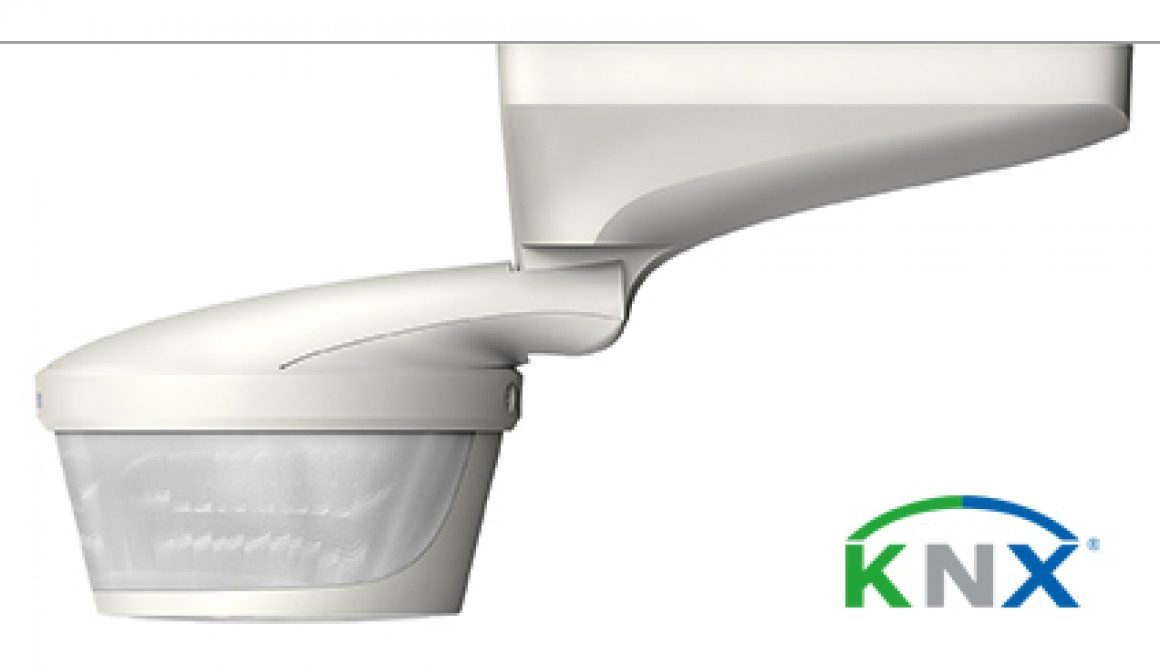Motion Detectors: How They Work, How To Choose—& Why You Need One
What’s the best way to make sure no one’s sneaking around your house at night? That’s a no-brainer—a motion detector would have that creep behind bars in no time. But what kind of motion detector is right for YOUR home? That one’s trickier. With so many types and technologies, you might be tempted to throw your hands up and try your luck with a baseball bat—but don’t give up just yet! Here’s a handy breakdown to help you get the most effective protection for your lifestyle, without getting bogged down by tech specs.
What kind of motion sensors are there?
Motion Detectors
A motion detector is the Linchpin of your home security considering that it’s the main device that detects movement in an area. When a sensor is tripped, the device sends a signal to your security system’s control panel monitoring center, highlighting the existence of a potential threat. Subsequently, this triggers an alarm.
A motion detector has less detection areas, so it is less sensitive and generally designed to detect a movement of an arm. It is best suited to high traffic areas such as hallways.
Presence Detectors
A presence detector is significantly more sensitive so it will detect finer movements such as a hand moving. They are designed for environments with low amounts of movements such as office and sitting areas.
Similarities
In both cases, as you get closer to the detector, it will become more sensitive. The mounting height will also affect the sensitivity as well as the manufacturer specified detection area.
